A clock will only tick if all of its gears and cogs are working as they should be. Comparably, A piano will not play properly unless all of its pieces are regulated and conditioned. A broken clock may be right twice a day, but a broken or out of tune piano is wrong on every level. At Vienna Piano, we specialize in preventing that phenomenon. This post is for anyone who is interested in seeing what the insides of pianos look like.
For starters, lets examine the basic components of a piano. The outer cabinet of a piano is the base that houses the action, soundboard, and plate(or harp). Without a resilient cabinet, the piano’s inner workings are at risk of being damaged later on down the line.
The photos above and below this paragraph are of a grand action model. When the pianist hits a key, it essentially see-saws the capston screw (The small black dot at the base of the black wippen in the photo) into the wippen which in turn causes the hammer to rise, strike a string, and make a sound. There is a lot more to how an action works, but that’s the basic gist of it.
Here are some overhead views of upright actions:
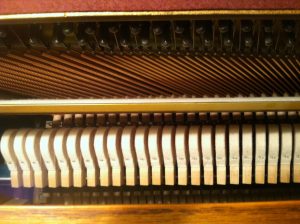
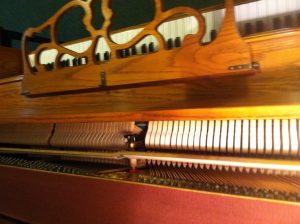
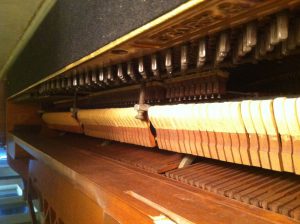
This is a picture of a grand without an action:
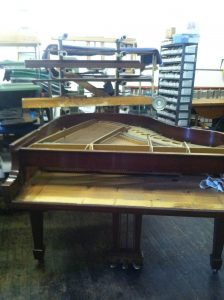
“I never get any action around here!”
-Steinway Grand
January 31st, 2014
The Piano’s plate connects its strings to the bridge. The bridge is subsequently connected to the soundboard which amplifies the music that is produced.
The guts of the piano need to be cared for and maintained on a regular basis just like the guts of a human. Without a functioning piano interior, musicians might find themselves frustrated with an inadequate sound or feel.
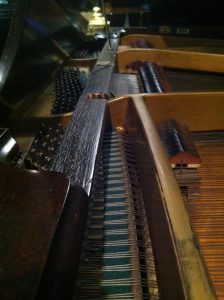
At Vienna Piano, our crew is incomparably adept at making sure your piano’s guts are clean, functioning, and well regulated. We handle everything from regular uprights to player pianos which as you can see are significantly more complicated:
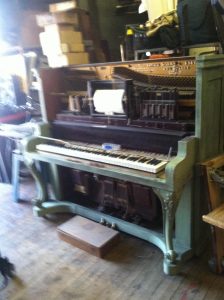
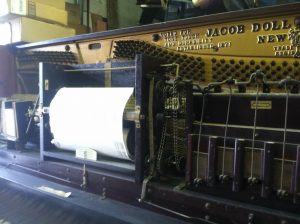
If you have a piano with a defective interior, don’t give yourself a headache. Send your piano over to us and we’ll have it sounding and feeling just like new in no time.

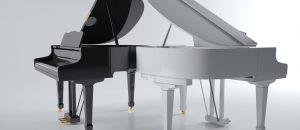
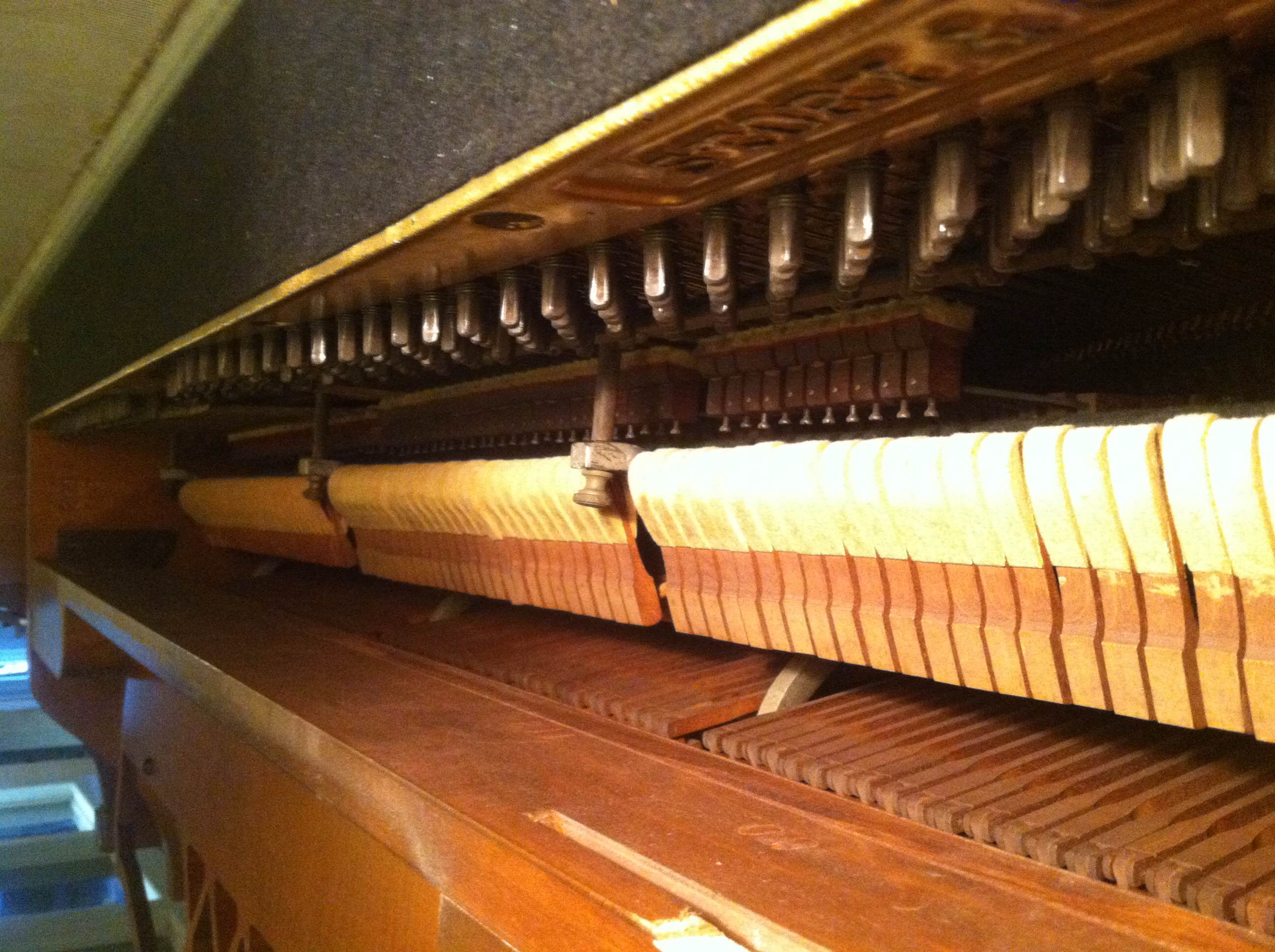
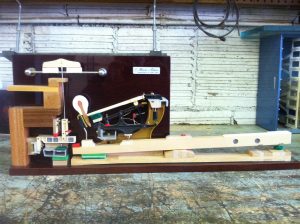
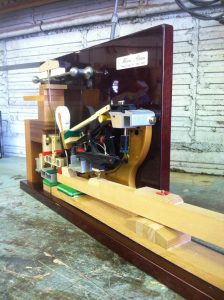
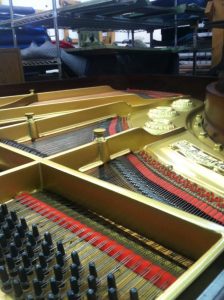
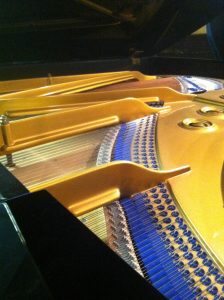
 A Great Place For Music
A Great Place For Music
This is really interesting! I don’t understand what a “wippen” is, though. Is there any way you could show a video of the piano’s action? It would be so cool what happens In the “guts” when a key is struck.
The wippen is the part of the action that makes direct contact with the key. Attached to the key is a capston screw and when the key is struck, the capstan screw strikes the wippen causing it to rotate. The wippen’s rotation in turn lifts the hammer causing it to hit a string. In the picture, the wippen is the only black component to that action model.